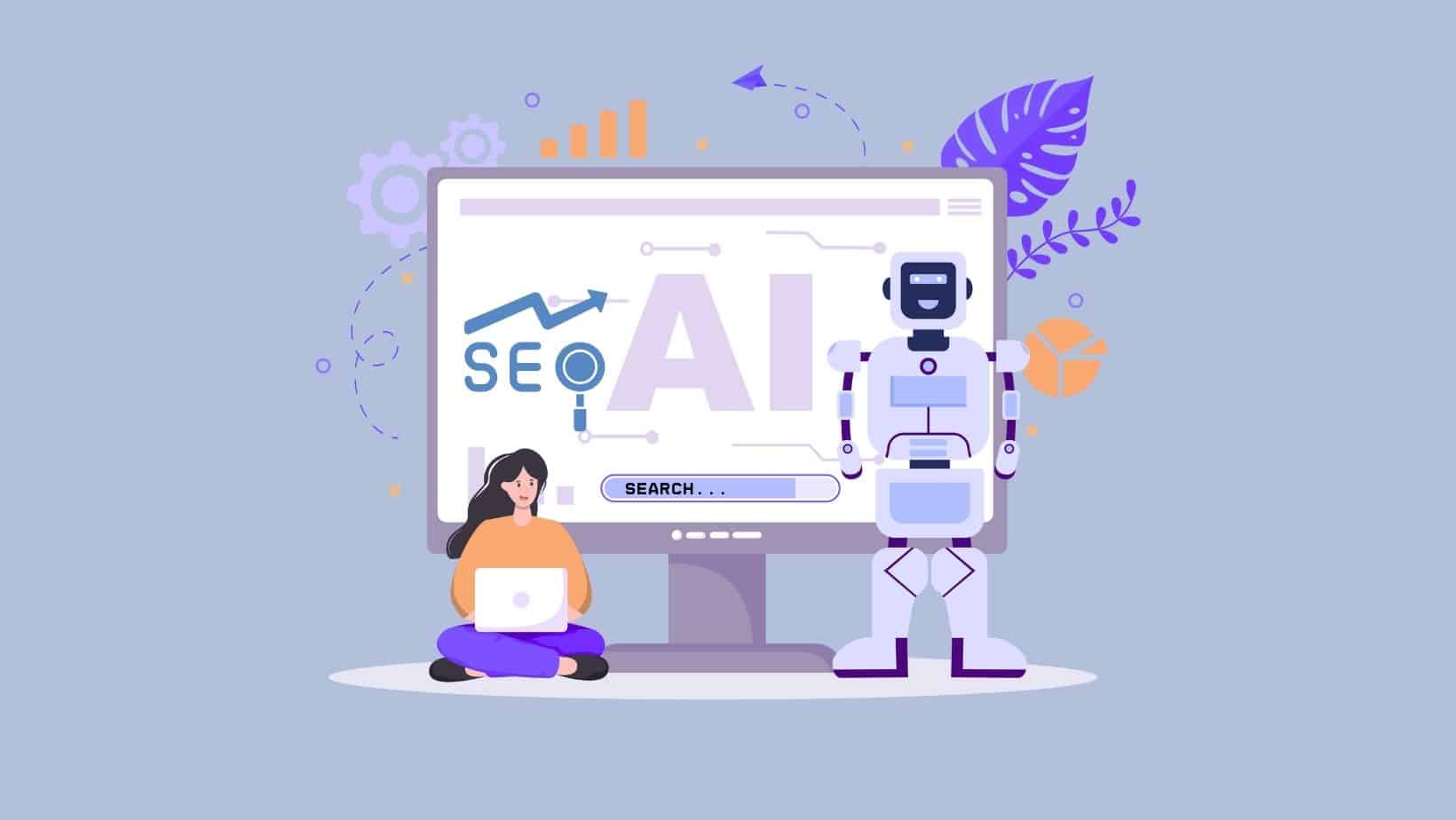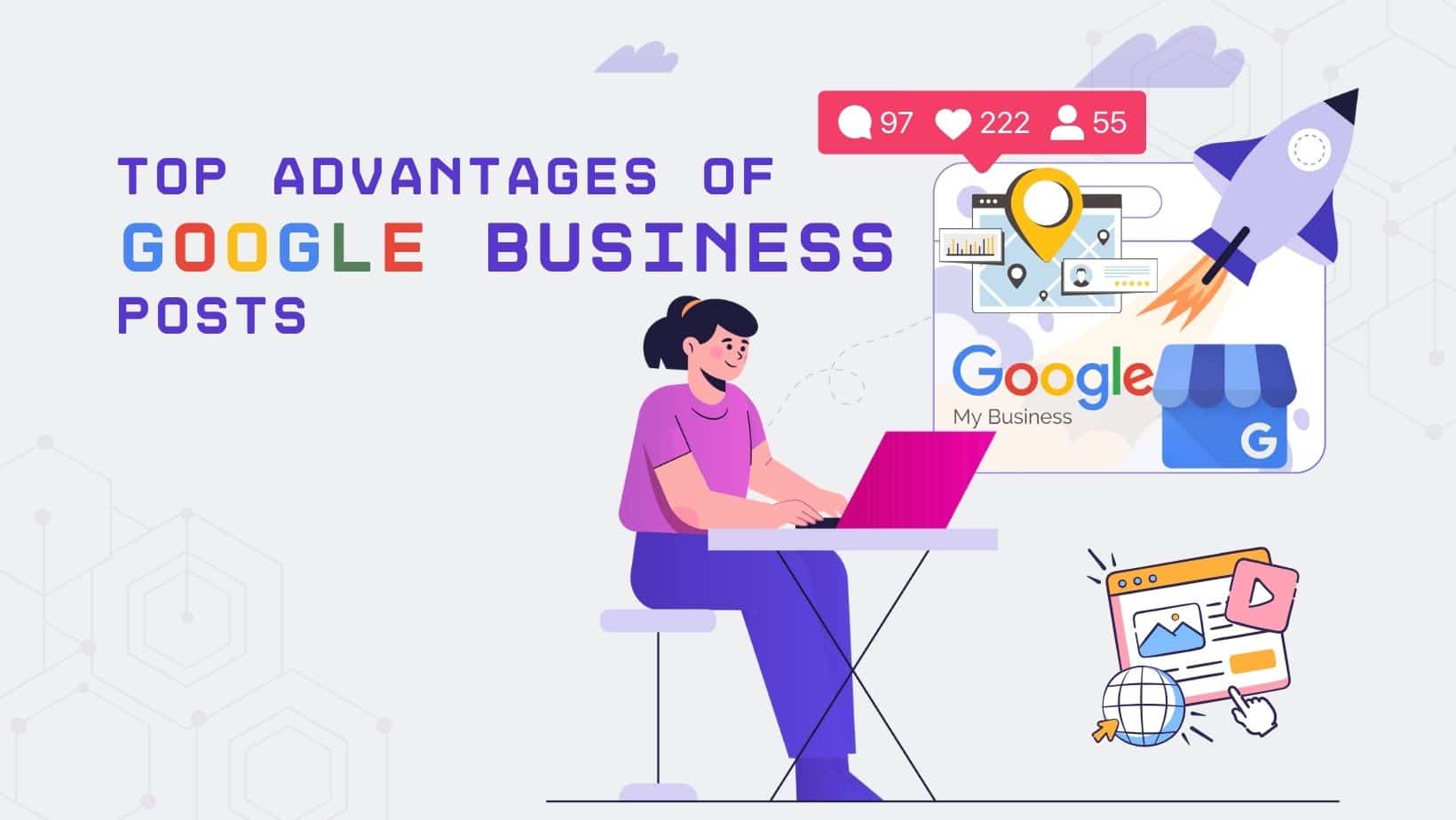Did you know that 47% of consumers expect a web page to load in 2 seconds or less, and 40% will abandon a page that takes more than 3 seconds to load? Now, compare that to the average page loading time of 15.3 seconds, and you’ll easily spot the problem.
Slow loading times can have a significant impact on your website, affecting everything from your SEO to your conversion rate. In this post, we’ll take a look at why site speed is so important and how you can improve the speed of your own website.
What is Site Speed?
Let’s refresh our memory on what site speed actually is. Site speed is the measure of how fast webpages load on your site. In other words, it’s the time it takes for a page to go from being requested to appearing on the screen. It’s usually expressed in seconds and milliseconds, and it’s important to both users and search engines.
Site speed is different than page speed in that site speed measures the speed of an entire website, or a sample of pages on a website, while page speed measures the load time of an individual page.

There are two main components to site speed:
- Front-end loading time: This is the time it takes for a page to load in the browser. It includes everything from receiving the request from the user’s device to parsing HTML, CSS, and JavaScript to actually rendering the page.
- Back-end loading time: This is the time it takes for the server to process the request and send back the data needed to render the page.
While both front-end and back-end loading times are important, front-end loading time has a much bigger impact on the user experience. After all, users are interacting with the front end of your website, so that’s what they’re going to base their opinion of your site on.
Why Is Site Speed Important?
Does site speed matter that much? The answer is yes, and here’s why you can’t afford to ignore it.
1. Site Speed Affects SEO
Search engines like Google use site speed as a ranking factor, which means that faster sites will tend to rank higher than slower ones. Google has even gone so far as to say that they’re working on making site speed a “first-class citizen” of their ranking algorithm.
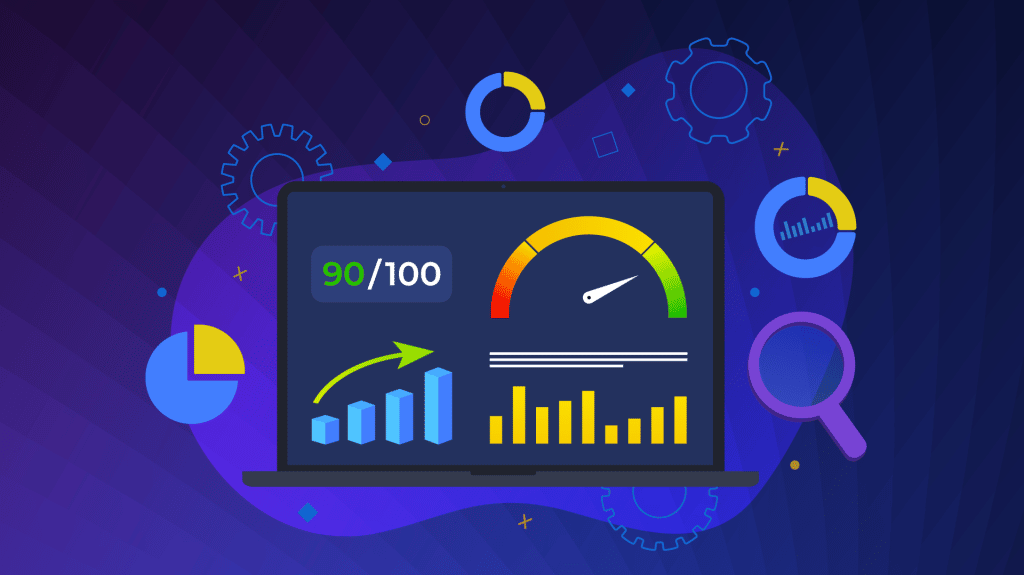
This is evident when considering Google’s latest Core Web Vitals (CWV) update, which now uses three key metrics – LCP, FID, and CLS – to measure site speed and user experience. That means that if your website doesn’t meet Google’s standards for these metrics, you’re going to see a drop in your rankings.
Tip: You can use Google’s PageSpeed Insights to get a detailed report on your website’s performance and find out how to improve it.
2. The Slower Your Site, The Less the Conversions
Site speed isn’t just about SEO – it’s also about conversion rate. In fact, a study found that a 1-second delay in page loading time can result in a 7% loss in conversion. So in the context of an e-commerce site that’s making $100,000 per day, for example, a 1-second loading time increase could cost you $2.5 million in lost sales every year!
The reason for this is simple: users are impatient. We live in a culture of instant gratification, and we expect things to happen right away. If your site takes too long to load, users will simply get frustrated and go somewhere else. Their cards won’t be out for long, so you have to make sure you’re able to capitalize on that window of opportunity.
3. First Impressions Are Affected by Site Speed
You only have one chance to make a good first impression, and that applies to your website as well.
If a user comes to your site and it takes too long to load, they’re going to form a negative opinion of your site right away. And unfortunately, once that happens, it’s very difficult to change their mind. Actually, 79% of users say they won’t go back to a website if they faced problems loading it the first time.
In contrast, if your site loads quickly and efficiently, users will have a positive first impression of your site, which will encourage them to stay and explore. And the longer they stay on your site, the more likely they are to convert.
4. Site Speed Affects User Experience
If you want to keep users happy, you need to provide them with a good user experience. And site speed is a big part of that. Imagine you’re trying to book a flight on an airline’s website. You fill out all the necessary information and hit “submit,” but then you have to wait several minutes for the page to load.

By the time it finally loads, you’ve lost patience, and you just want to get it over with. So you go ahead and book the flight, but you’re not happy about it. In fact, you’re so unhappy that you make a mental note to never use that airline again.
On the other hand, if the booking process is quick and easy, you’re much more likely to have a positive experience and want to use that airline again in the future.
That’s the power of a good user experience.
5. Site Speed Can Easily Harm (Or Help) Your Brand Reputation
Your website is one of the most important touchpoints for your brand. It’s often the first place users will go to learn more about your company and what you have to offer.
If your site is slow, users are going to assume that your brand is also slow. They’ll think you’re not keeping up with the times and that you don’t care about providing a good user experience. In other words, a slow website can damage your brand’s reputation.
On the other hand, if your site is fast and efficient, users will see your brand in a positive light. They’ll think you’re innovative and that you care about providing a good user experience.
Remember that nowadays, people talk. A bad experience on your website can quickly turn into negative word-of-mouth, while a good experience can generate positive buzz. Impress your users with a fast, efficient website, and you’ll reap the rewards in terms of brand reputation.
What Causes Slow Site Speed?
There are many different factors that can contribute to slow site speed. Here are some of the most common:
Heavy Images
Images are an important part of any website, but they can also be one of the biggest culprits when it comes to slow loading times. When uploading images to your website, make sure to compress them first. This will help to reduce their file size without compromising quality.
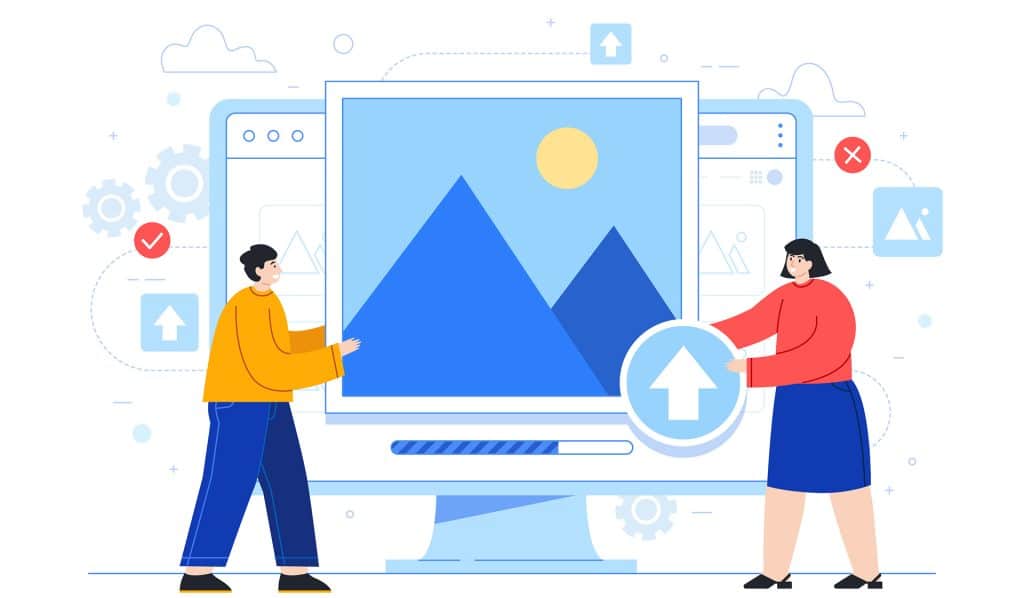
You should also consider using a content delivery network (CDN) to serve your images. A CDN is a network of servers that delivers content to users based on their location. By using a CDN, you can ensure that users always get the fastest possible delivery of your content.
Too Much Code
The code that makes up your website should be clean and well-organized. Otherwise, it will be difficult for browsers to interpret and render your pages correctly. This can lead to longer loading times.
If you’re not a developer, you might not be able to spot errors in your code. In this case, it’s a good idea to hire a professional to take a look at your code and make sure everything is in order.
Slow Web Hosting
Your web hosting provider plays a big role in determining how fast your website loads. If you’re using a shared hosting plan, your site will be sharing resources with other websites on the same server. This can lead to slower loading times if one of the other sites is using up a lot of resources.
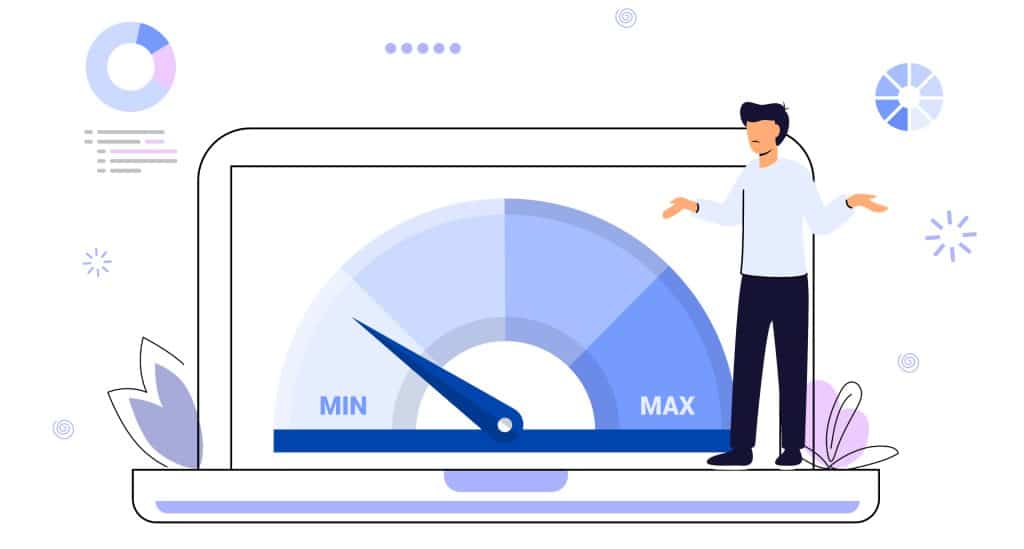
To get the best possible performance, you should consider upgrading to a virtual private server (VPS) or a dedicated server. These plans give you more resources and ensure that your site won’t be impacted by the activities of other websites.
Lack of Caching
Caching is a technique that stores frequently accessed data in memory so that it can be quickly retrieved when needed. If your website doesn’t take advantage of caching, it will have to load all of the necessary data from scratch every time a user visits your site. This can lead to long loading times, especially for users who visit your site frequently.
There are many different caching solutions available, so you’ll need to find one that works well with your website’s technology stack. Once you’ve set up caching, you should see a significant improvement in your site’s speed.
Poorly Optimized Databases
Your website’s database plays a big role in its performance. If your database is not properly optimized, it can slow down your site significantly.
There are many different ways to optimize a database, so you’ll need to consult with a developer to find the best solution for your website. Once your database is optimized, you should see a noticeable improvement in your site’s speed.
Too Many Plugins
If you’re using a content management system (CMS) like WordPress, chances are you have a lot of plugins installed. While plugins can add a lot of functionality to your site, they can also slow it down if they’re not properly optimized.

When choosing plugins, be sure to select ones that are well-coded and regularly updated. Also, avoid installing more plugins than you need. Every plugin you install adds overhead to your site, so it’s important to only use the absolutely essential ones.
The Bottom Line
Site speed is at the core of a good user experience. If your site is slow, users are likely to get frustrated and go elsewhere. Not just that, but search engines won’t be happy either.
To ensure that your site is fast and responsive, you need to take a holistic approach that looks at all of the different factors that can affect speed. By addressing each of these issues, you can make sure that your site is as fast as it can be.
As always, if you need help with any of this, our team at ShiftWeb is here to assist you. We’re an audit away from boosting your site’s speed and getting you on the path to a better user experience. Reach out today!



